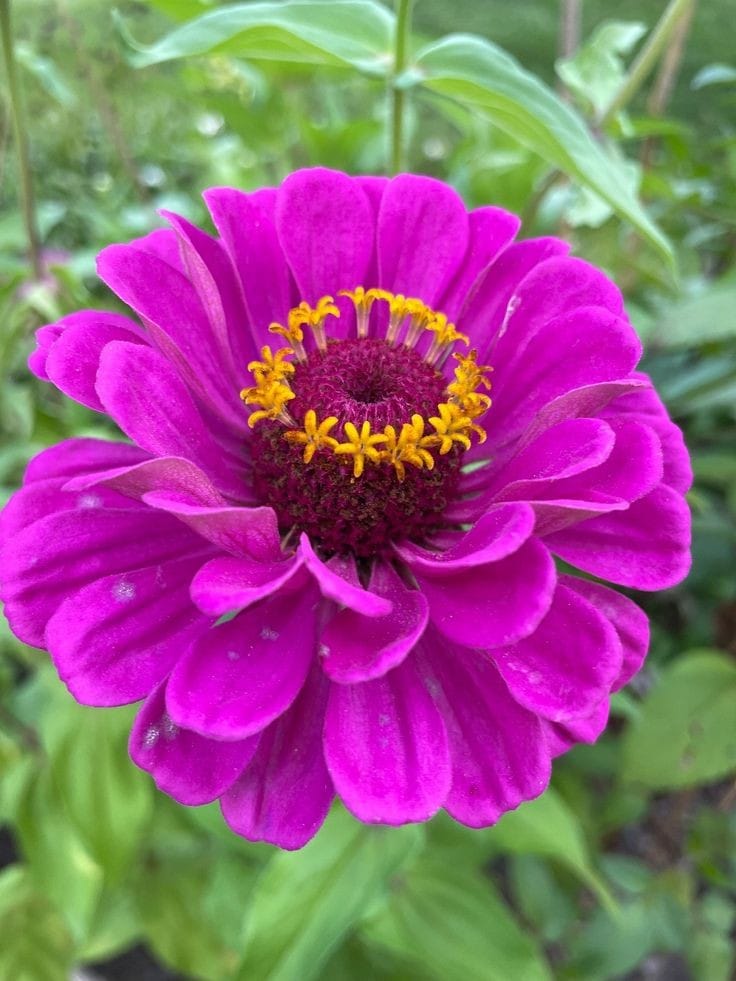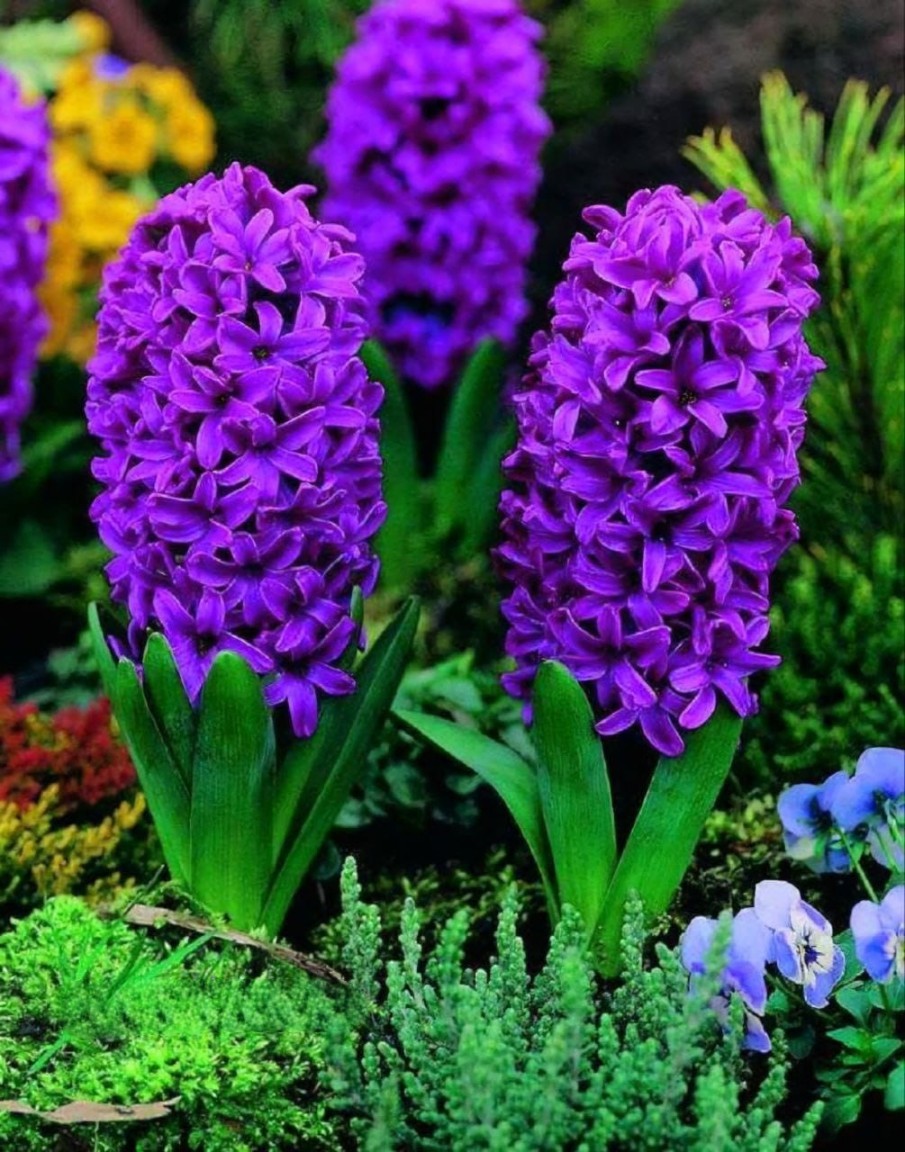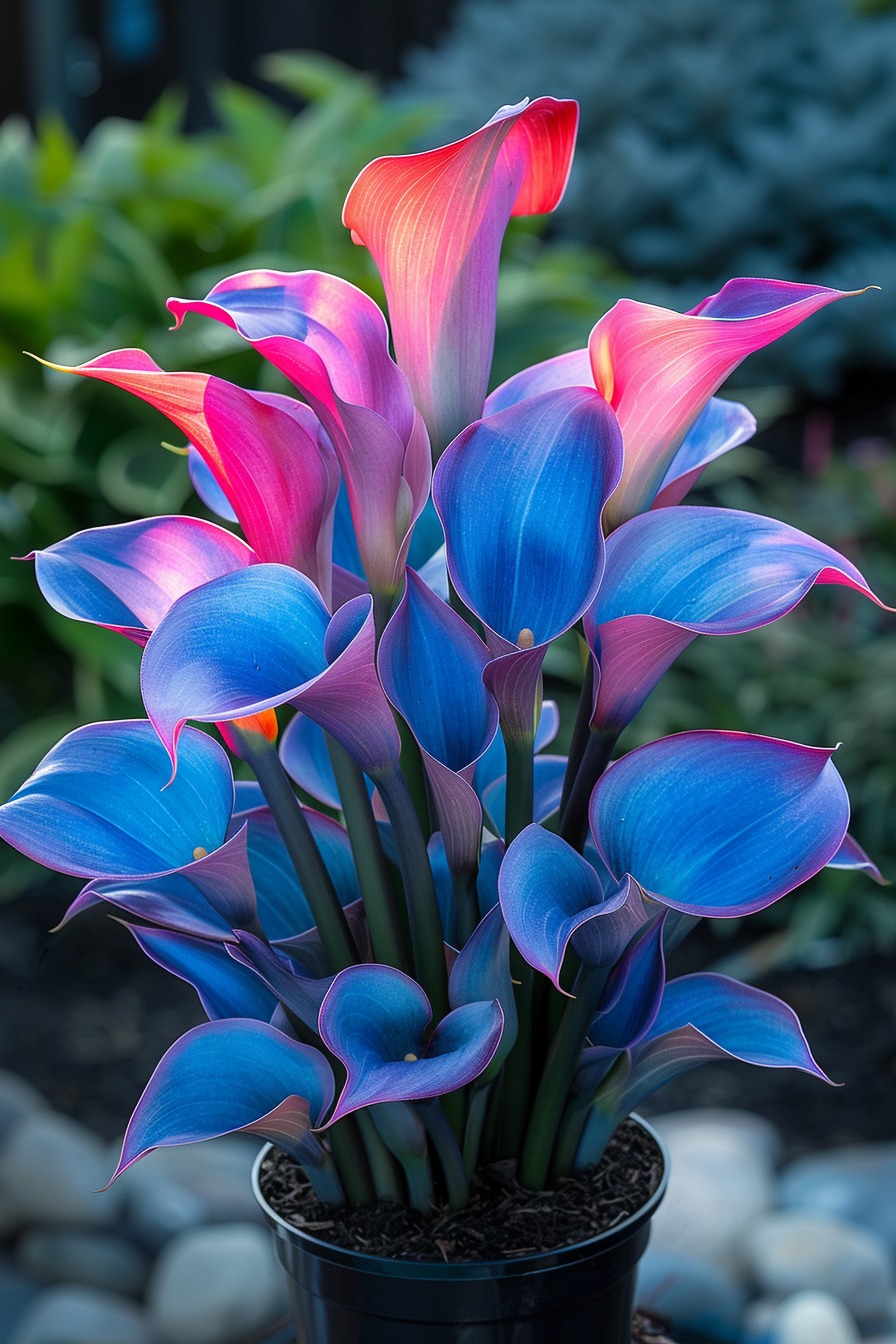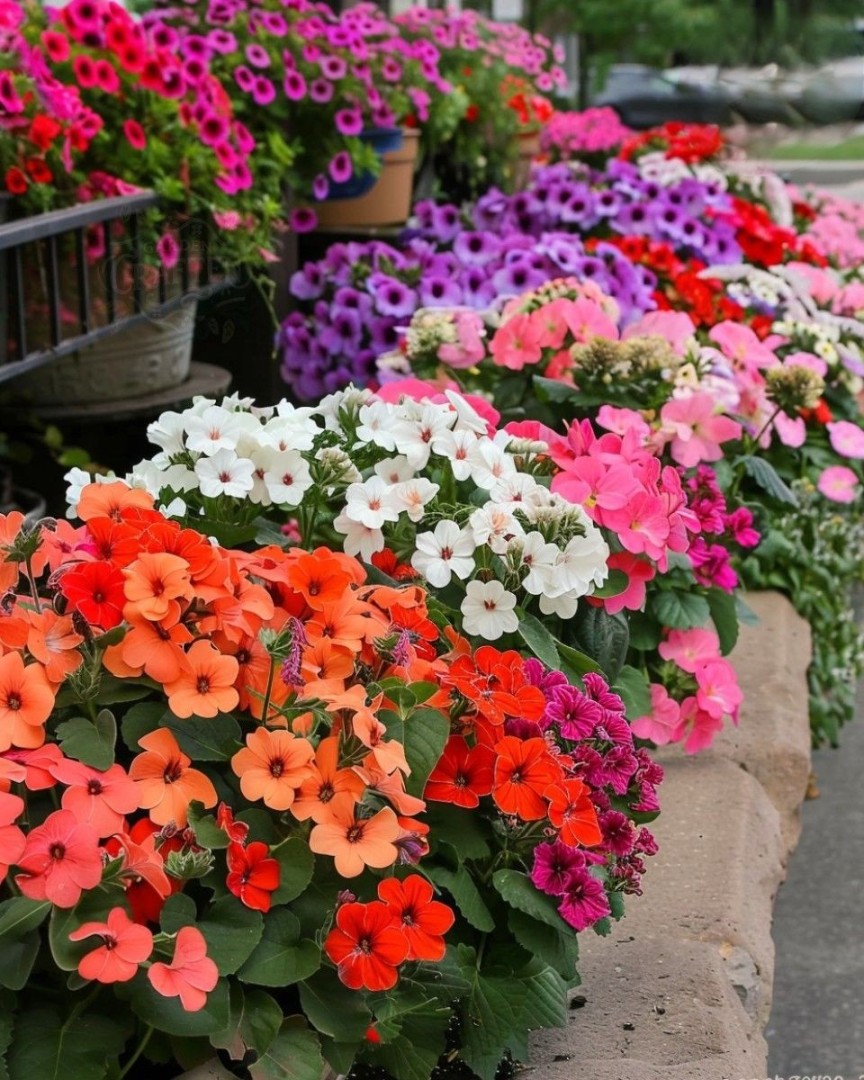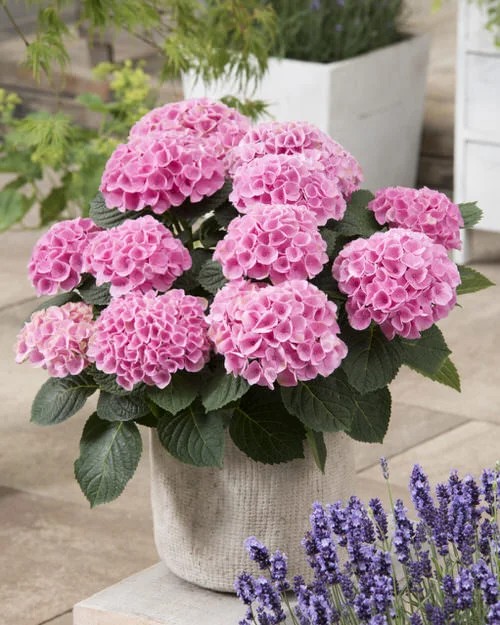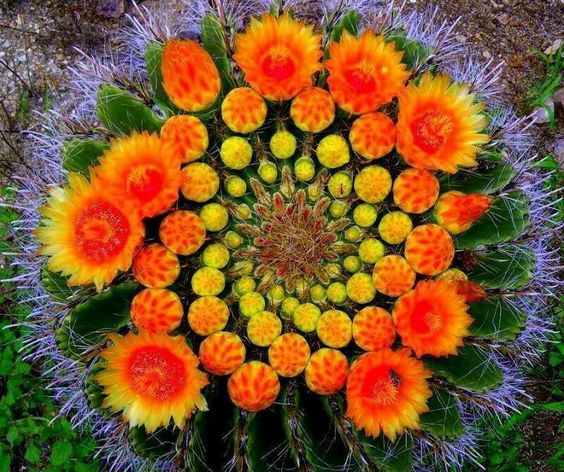Perennial lives for almost three seasons and grows back each year. They can be replaced easily and occupy the garden space in less time. Annual plants can grow in herbaceous borders, beds, edging, but they live only for a season. They bloom for all seasons.
Winter is the best time in India to grow beautiful blooming annuals. The winter annuals flowering seeds are sown between October and November. Start growing before the spring sets in because many seedlings can hibernate during the cold months of December and January.
Here Is The List of 15 Winter Season Flowers in India, Winter Flowers in India, Winter Flowering Annual Plants for home gardening In India.
1. Alyssum
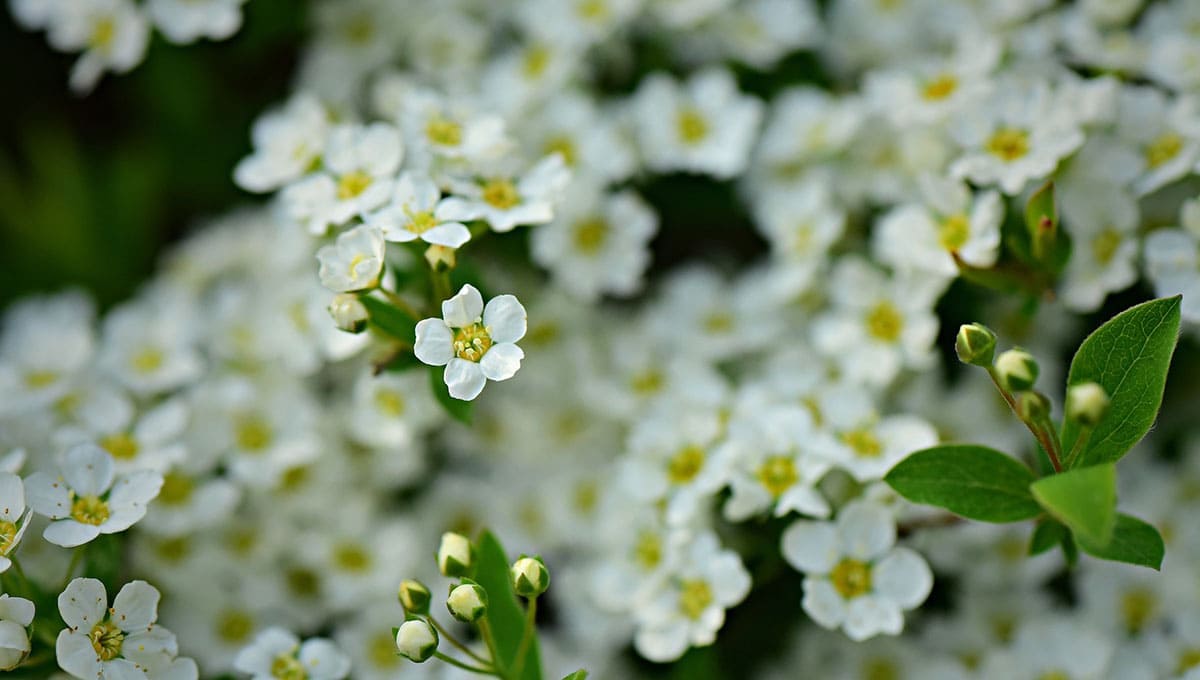
Alyssum is a low growing flower plant that usually blooms white flowers. They branch freely and flowers have the scent of honey. This compact plant looks like a carpet of flowers.
2. Antirrhinum (Snapdragon)
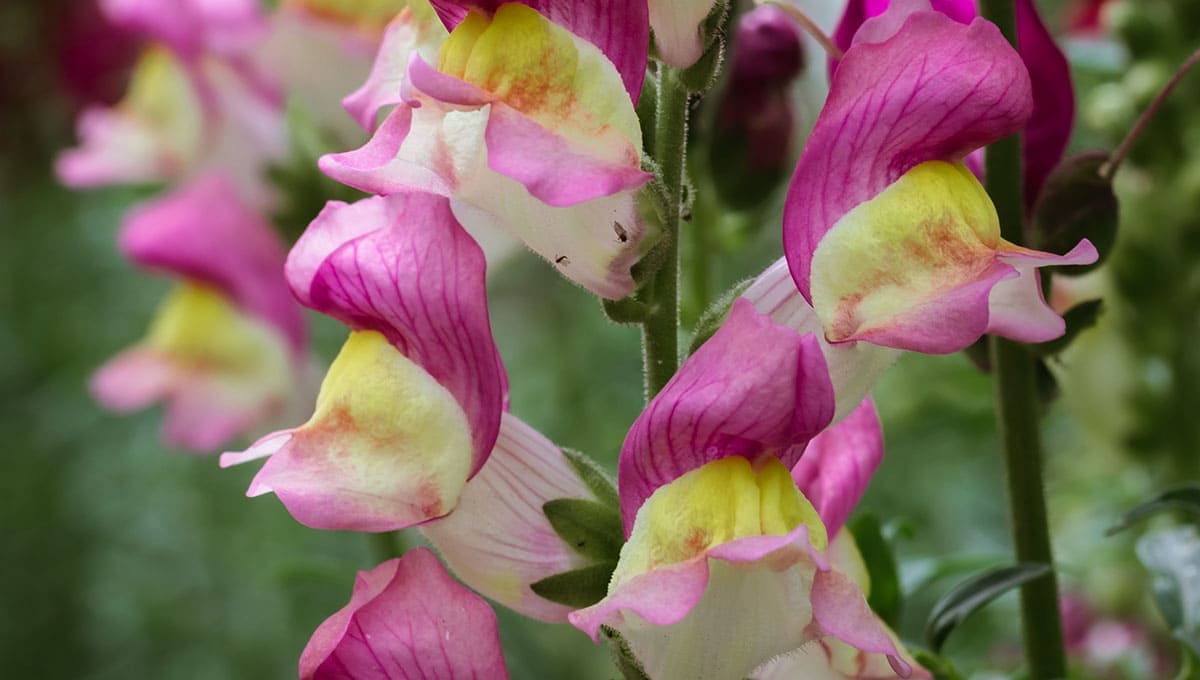
Antirrhinum has many colourful varieties which are used for pot and bedding culture. It is commonly known as a dragon flower because its flower face looks like a dragon that closes and opens its mouth when laterally squeezed.
3. Aster
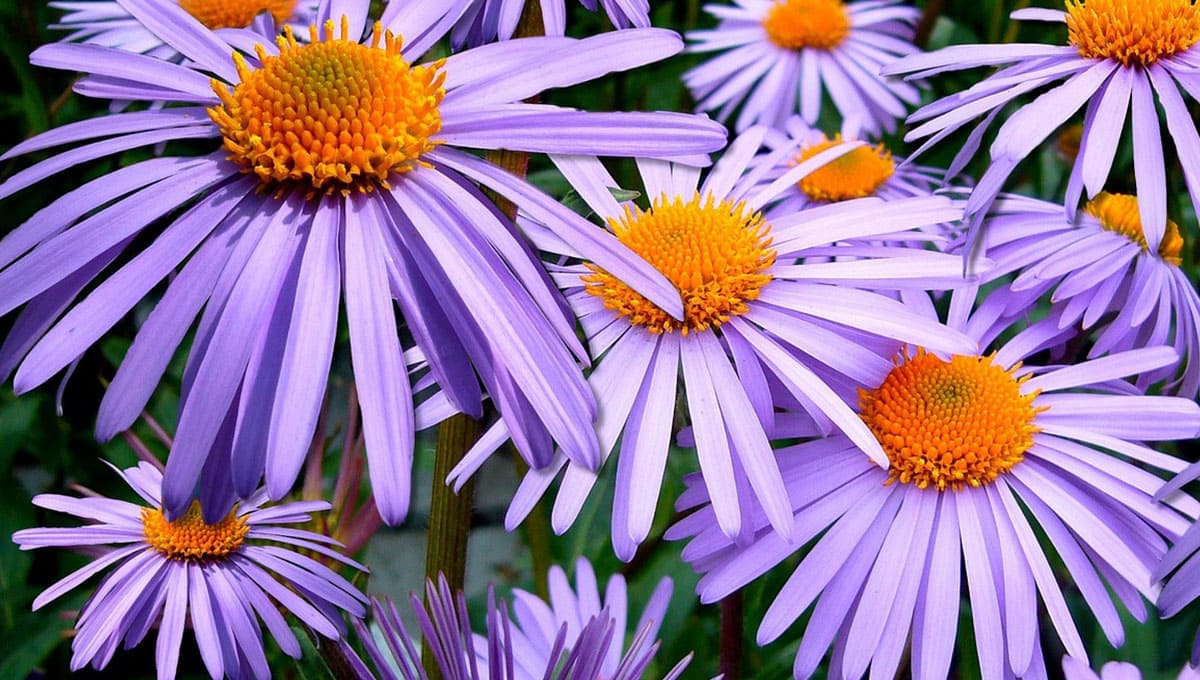
Aster is an amazing cut flower, that comes in many different types, sizes, and colours.
4. Calendula (Pot Marigold)
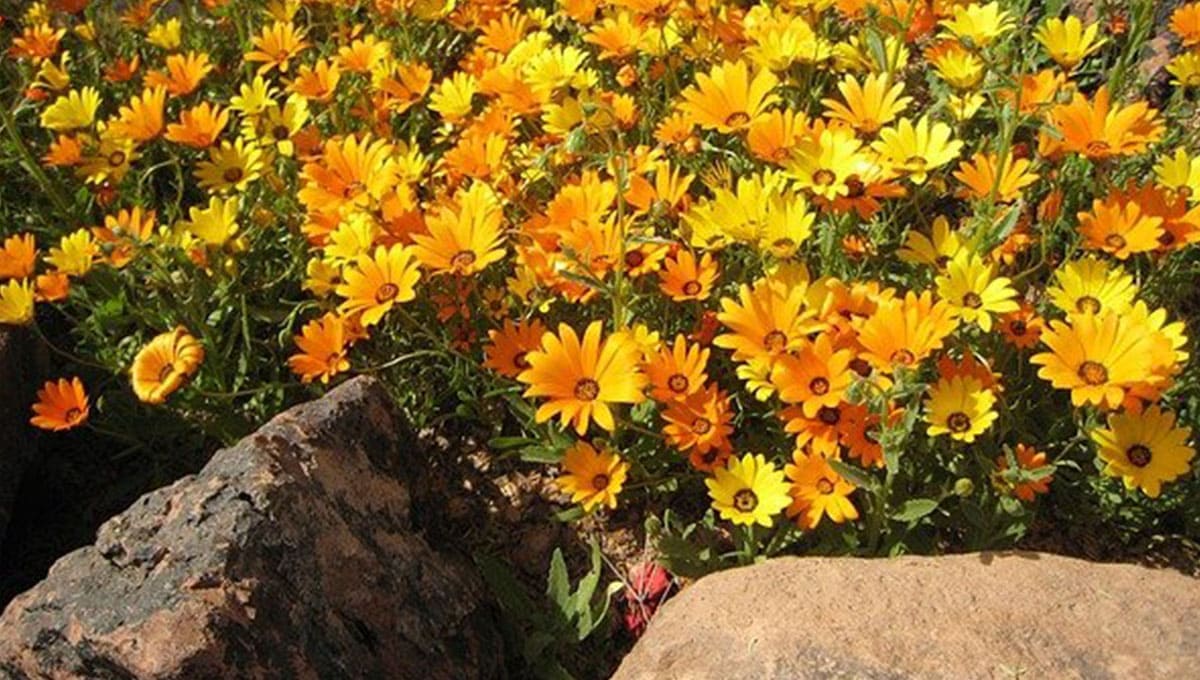
Calendula flower is a single or double flowering plant. It varies from straw colour to deep orange used for potting, bedding and window boxes.
5. Clarkia
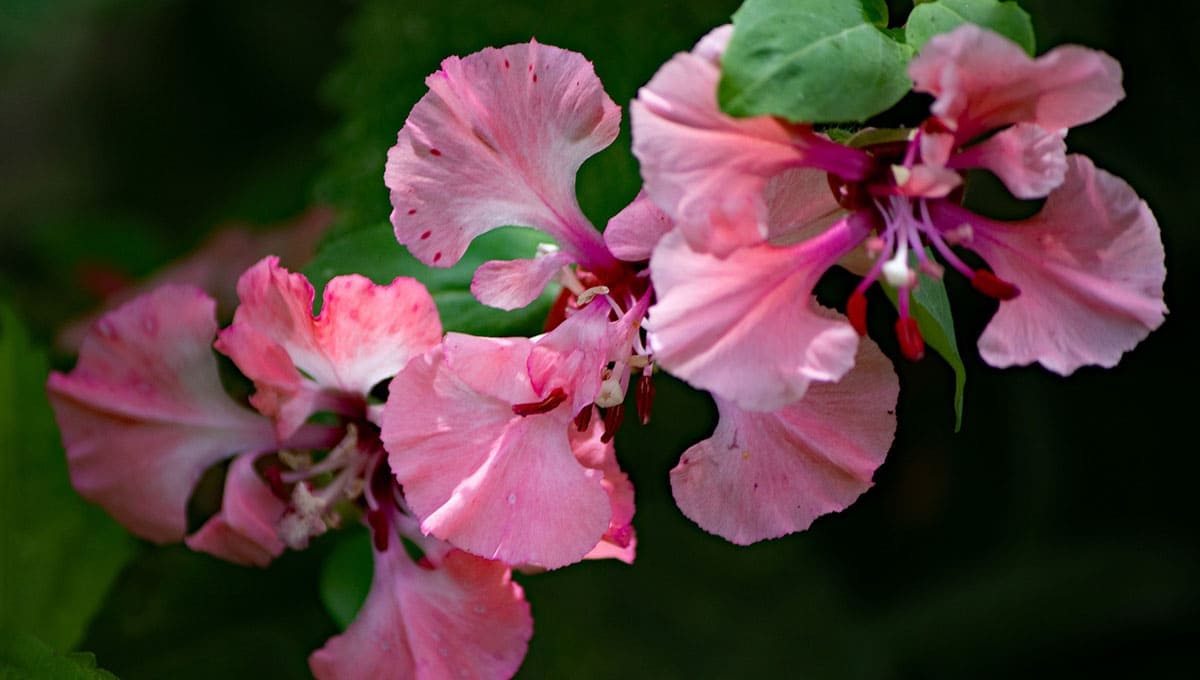
This plant is hardy annual and has slender branches. The Clarkia flower has attractive long spikes and can be grown as a pot plant.
6. Dianthus (Sweet William):
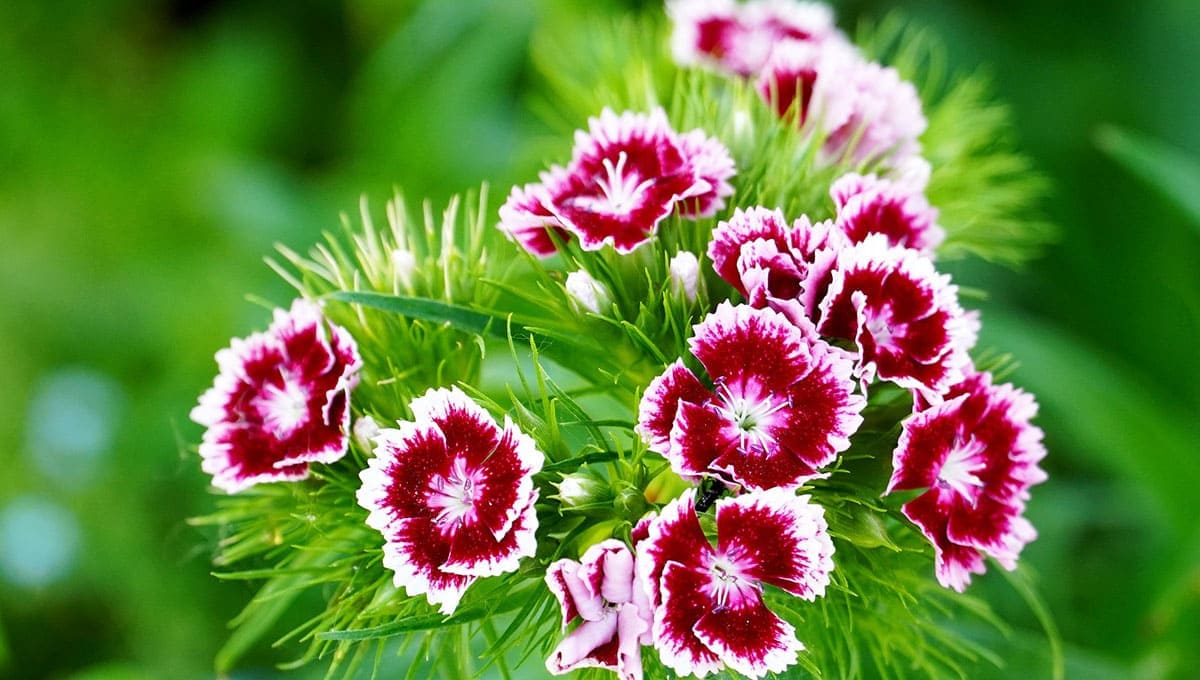
Dianthus are colourful flowers with double or single fragrant flowers. The plant flowers at the top of the branches in rounded clusters, best suitable for borders, beds, rock garden and window boxes.
7. Hollyhock
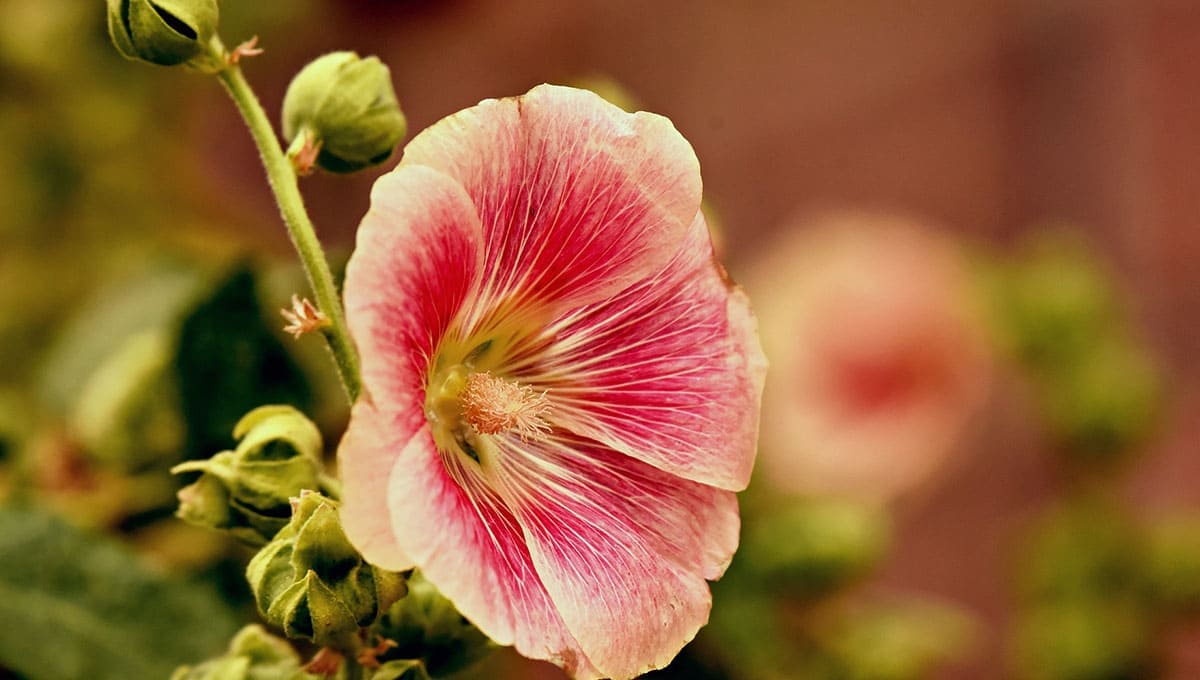
Hollyhocks are tall majestic annual flowers borne on the axis of leaves all along the stem length. It can be used as a screen, annual border, background plant or open space shrubbery.
8. Larkspur
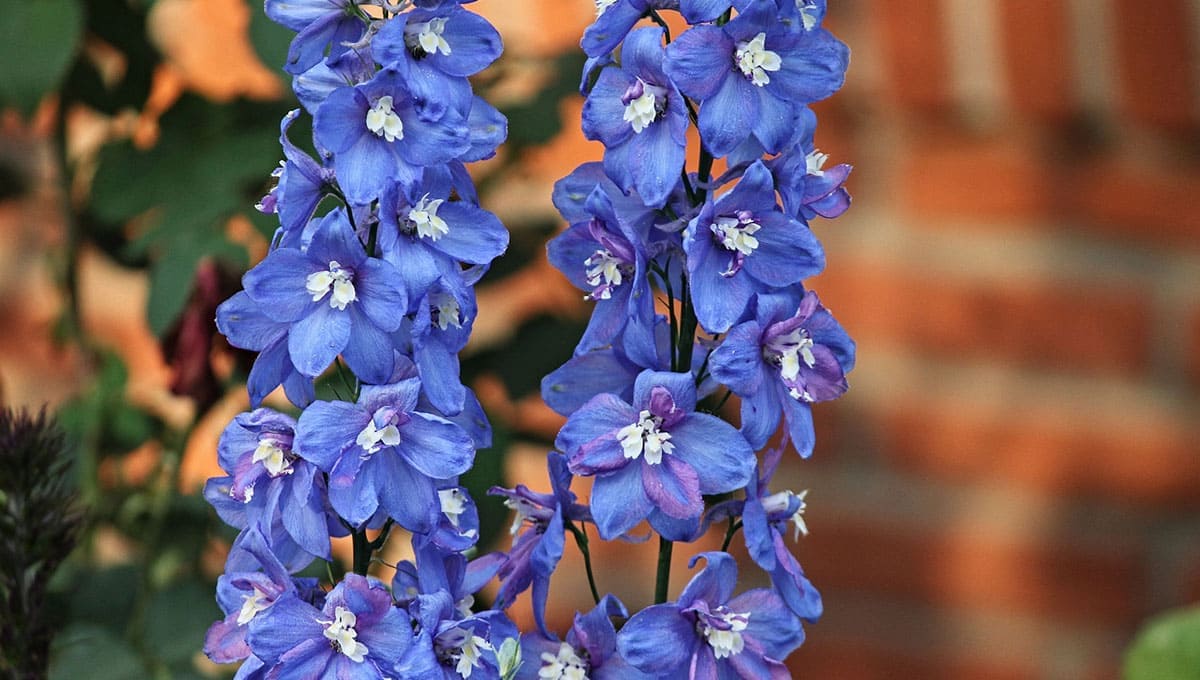
This plant is a very popular mauve purple, pink, blue cut flower. Larkspur grows well in front or background of a border or tall hedge and pots.
9. Pansy
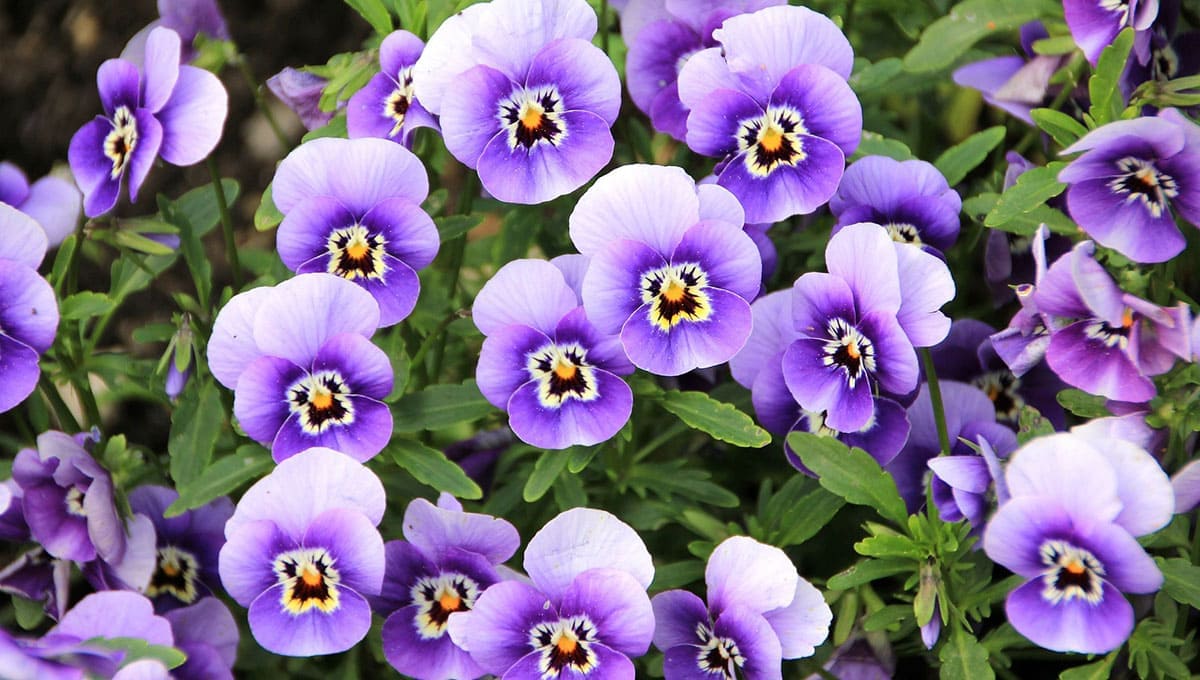
Pansy is a favourite of butterflies. It is available in almost all shades of colours. Their blotched and combination, marked, variegated, stripped in contrasting colours. They grow well under the shade of other tall plants.
10. Petunia
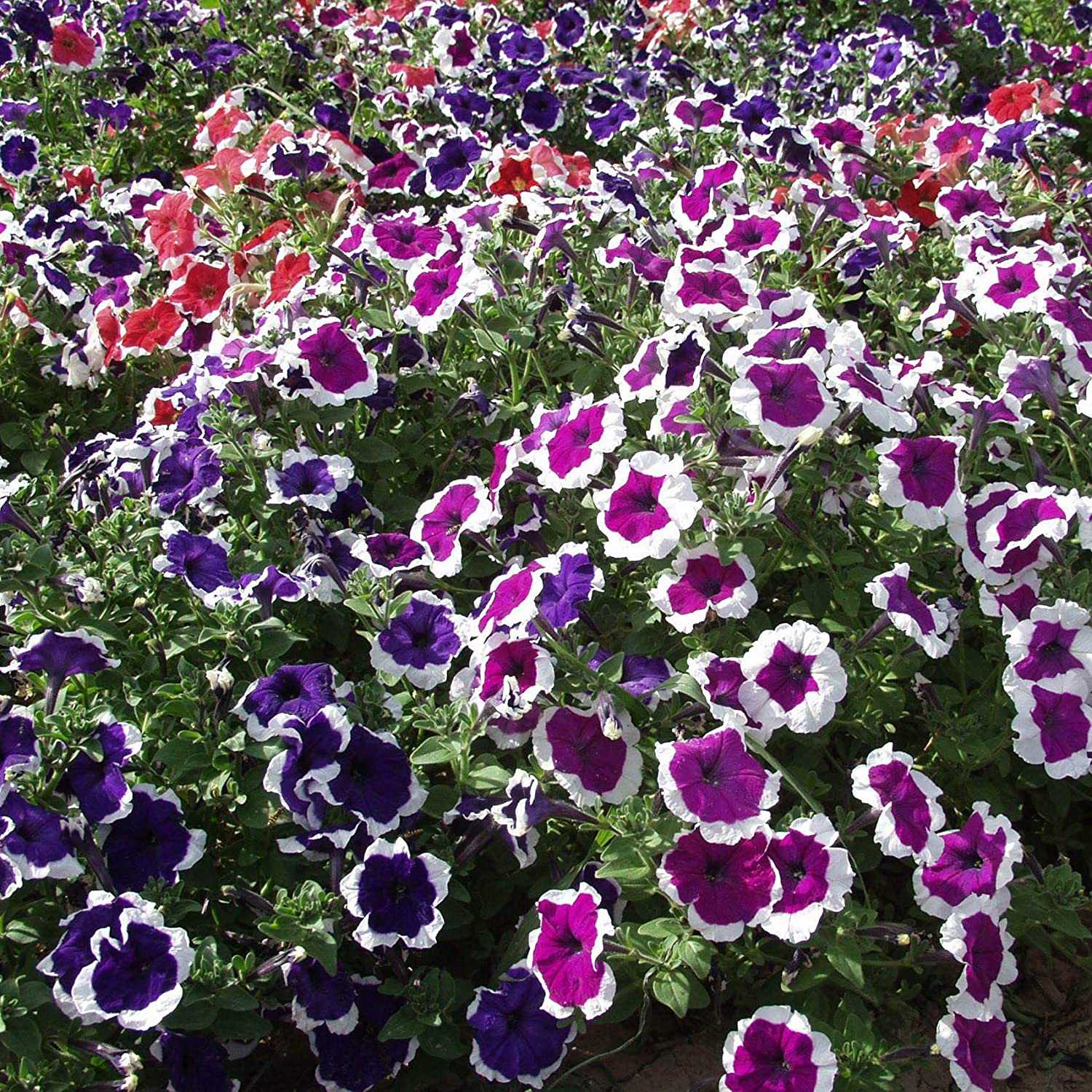
Petunias are the loveliest, most valuable race and popular garden plants. Their flowers are trumpet-shaped and can be large or small. They are classified into many different types of flowers.
11. Phlox
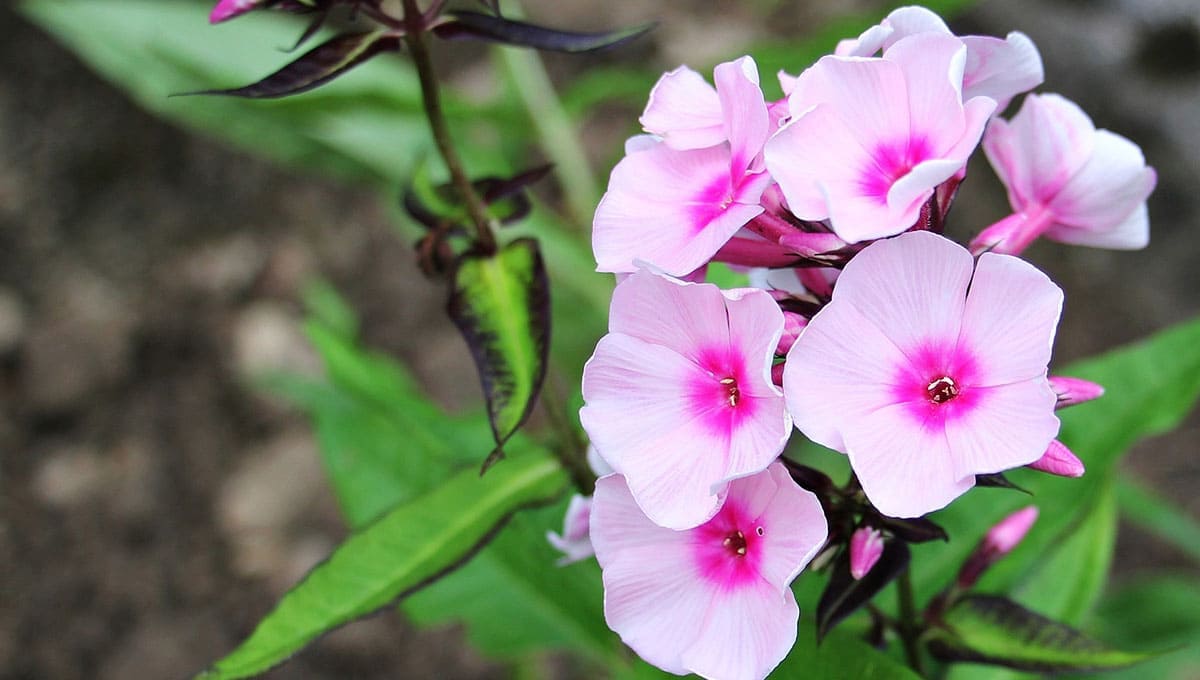
Phlox is the best flower for display. Their bloom lasts for a long period. Its flowers have a delicate scent and are available in a wide variety of colours.
12. Salvia
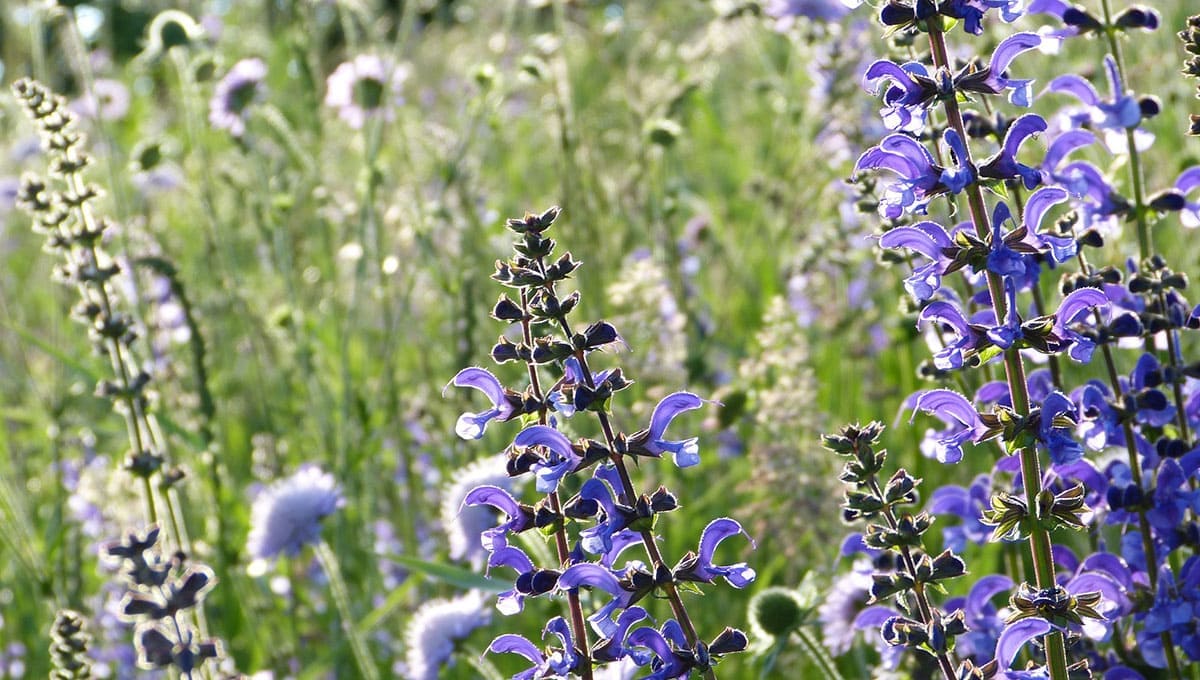
Salvia has lost terminal spikes with tubular bright scarlet flowers. Its flower is borne on the foliage and is ideal for growing in mass, background, borders, beds, under trees, semi-shaded places and shrubbery.
13. Sweetpea
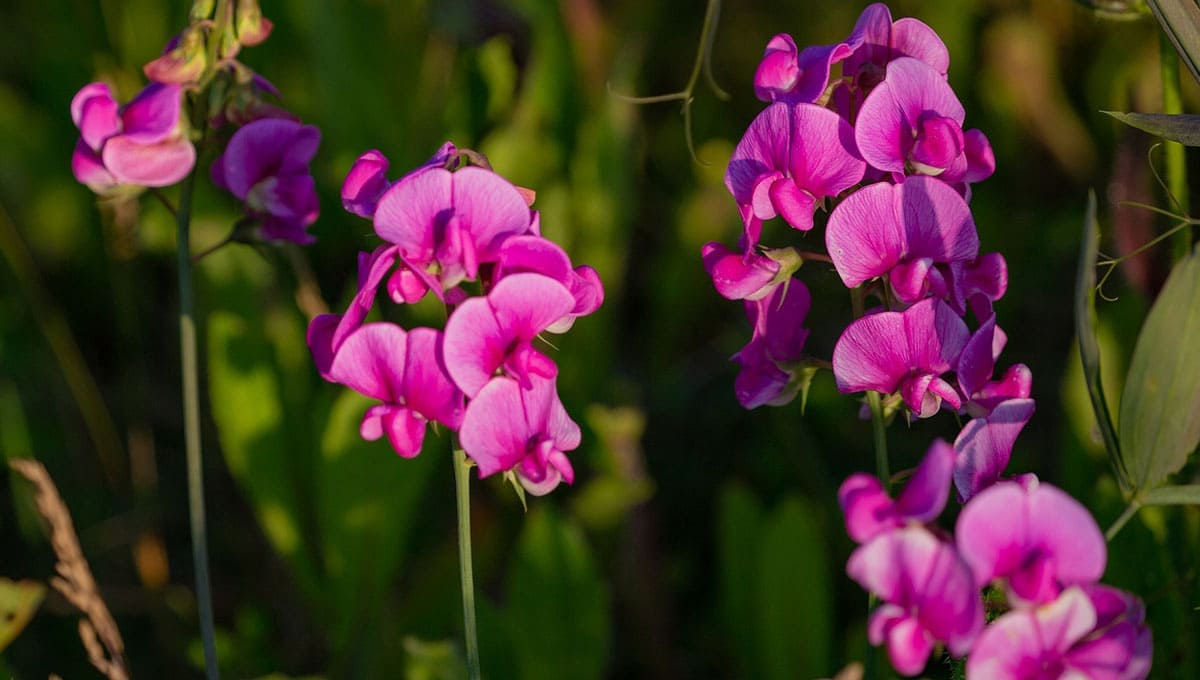
Sweetpea is widely known for its range of flower colours, fragrances, elegant forms, and cut flowers. It has earned a reputation as a climber.
14. Verbena
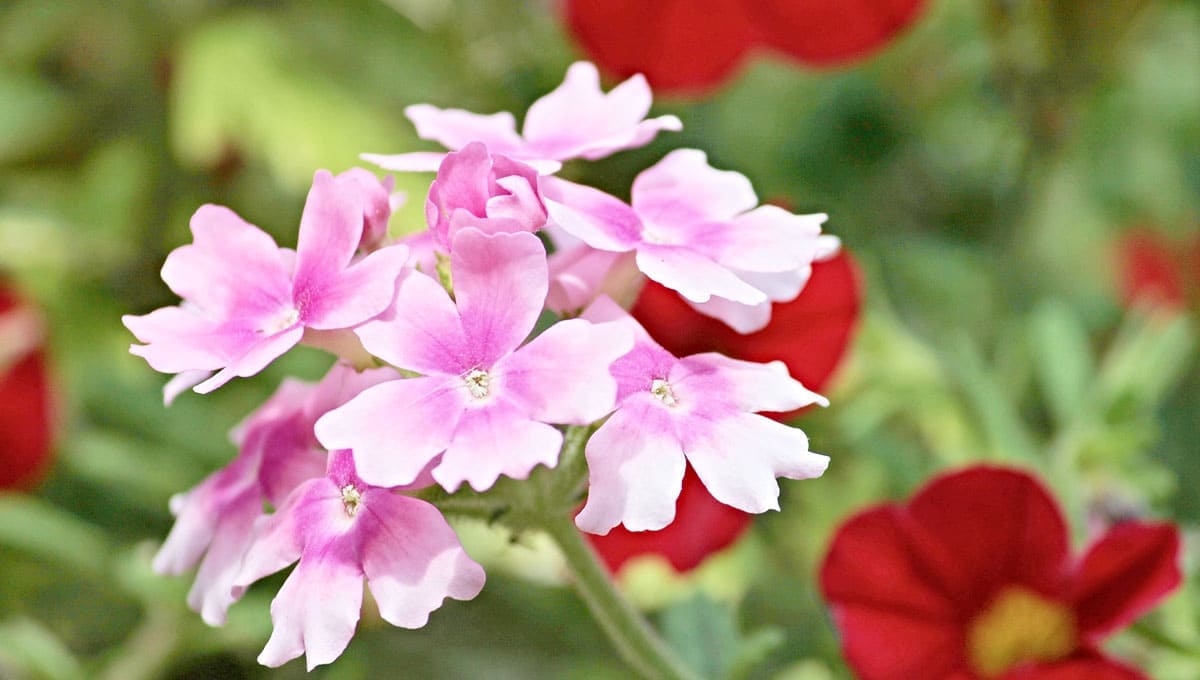
Verbena is a low growing, spreading plant and free flowering. Their flowers grow in clusters with light mauve, white & pink colours.
15. Statice
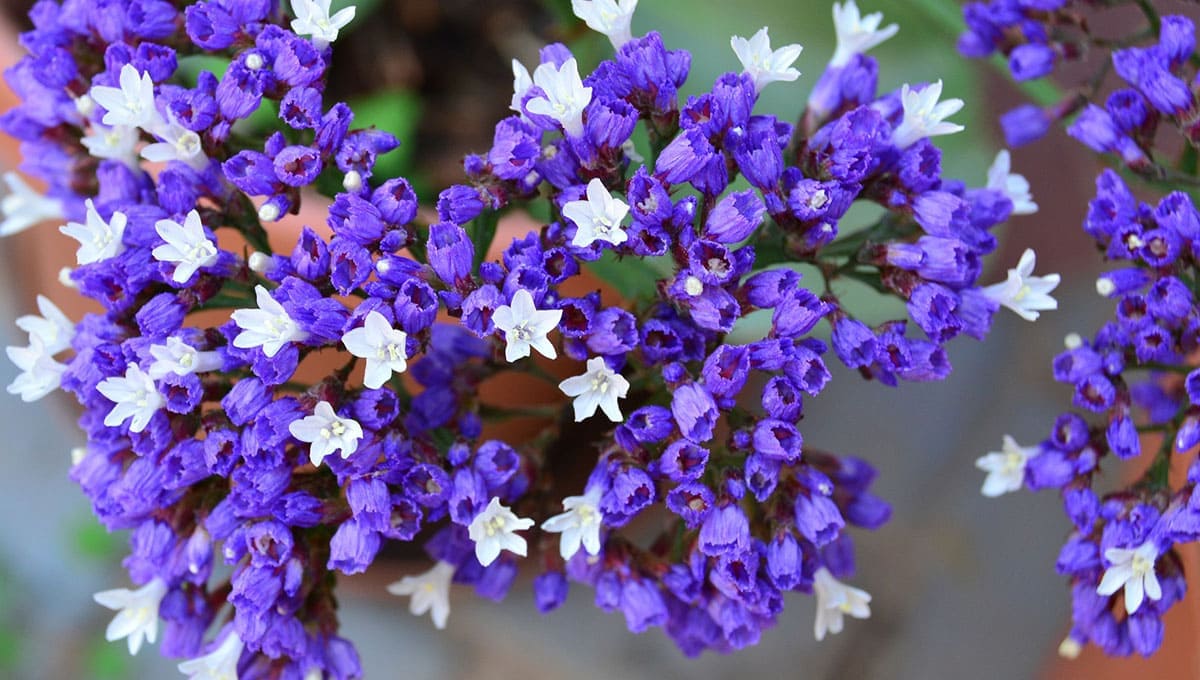
The flowers are used for decoration and retain shades for a long time when dried and are everlasting. Besides, the above winter flower plants in India or December flowers in India, there are many other seasonal winter flowering plants in India. Like, cornflower, carnations, poppy, centoria, candytuft, nastrissium, gypsophila, nigella, etc.
Things need to know about winter season flowers.
- Start with proper size plants as the plants grow less in winters.
- Choose the container according to the plant size.
- Place the plants where they receive plenty of sunlight.
- During winter, water plants cautiously.
- Feed them regularly with Plantic BloomDrop Organic Plant Food Liquid Fertilizer.
- Make proper drainage holes in the container.
What plants need during winter
- Sow the seed of your choice as soon as winter sets in.
- Flowering seeds need soil 5 inches deep. So, choose a pot that is 6-8 inches. Sow the seeds about 2 inches deep. After 6 weeks, saplings will emerge.
- Water thoroughly when required.
